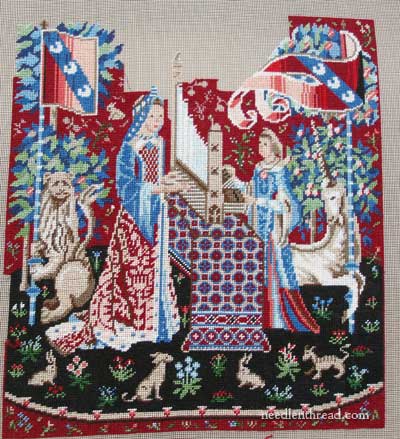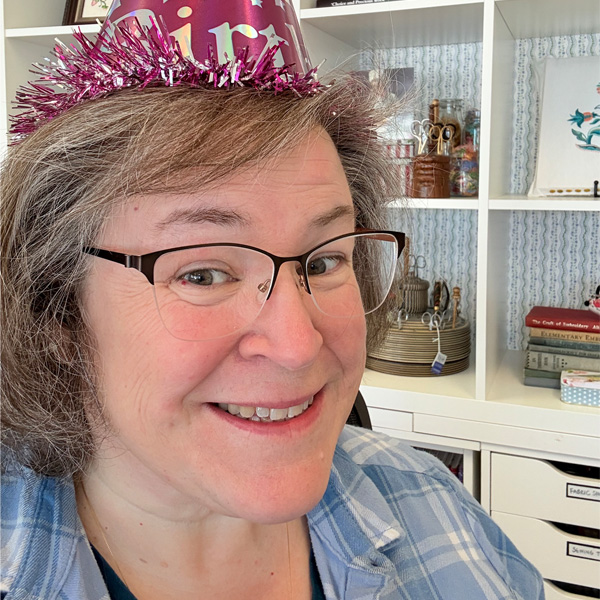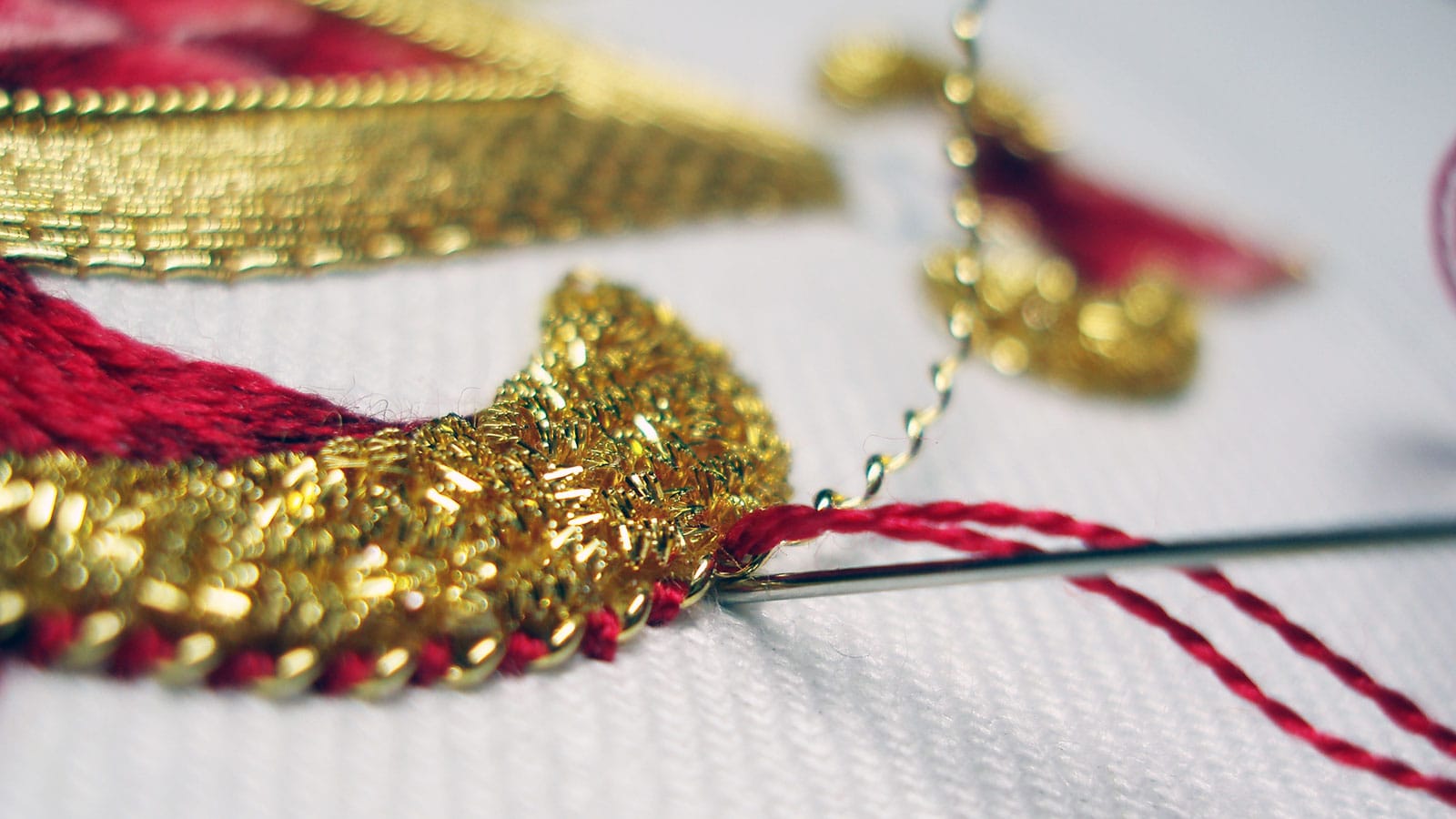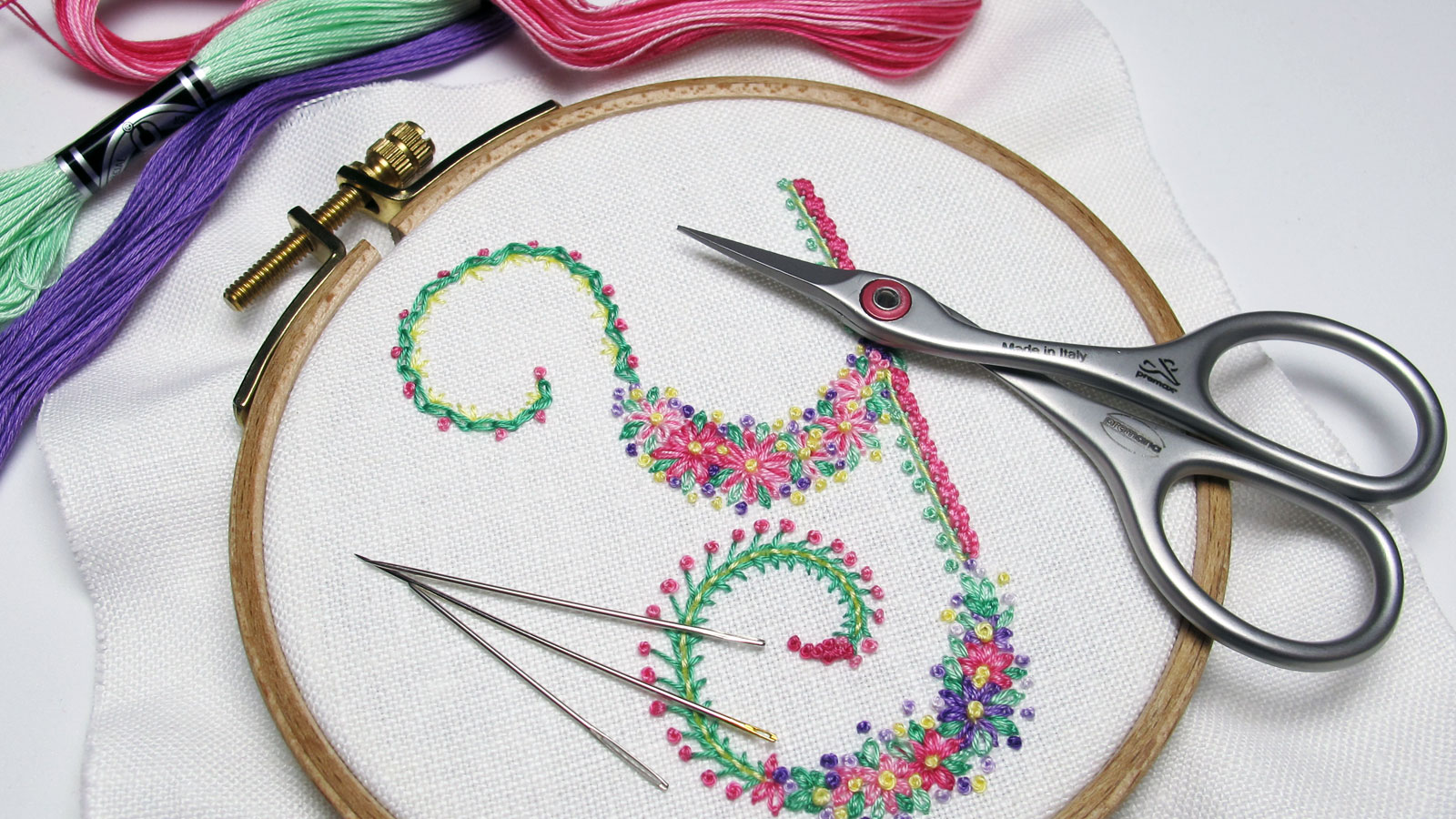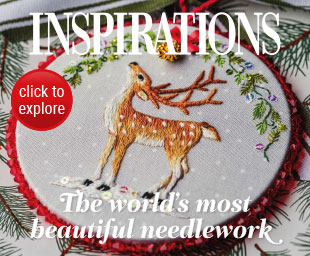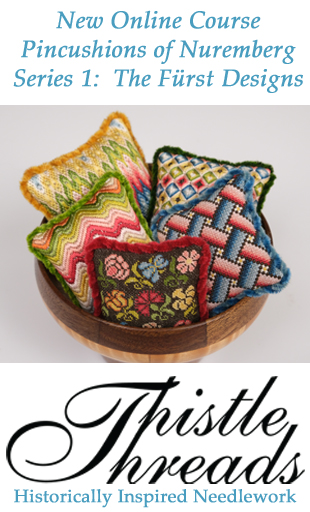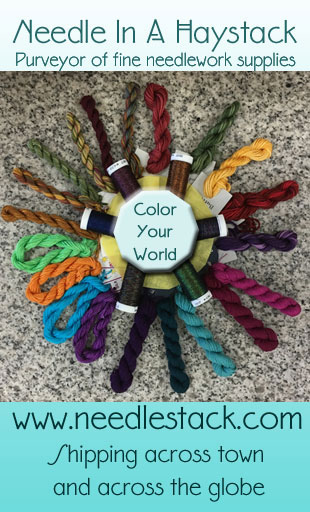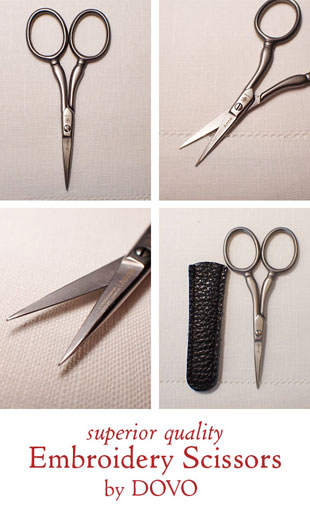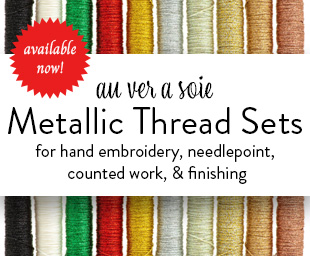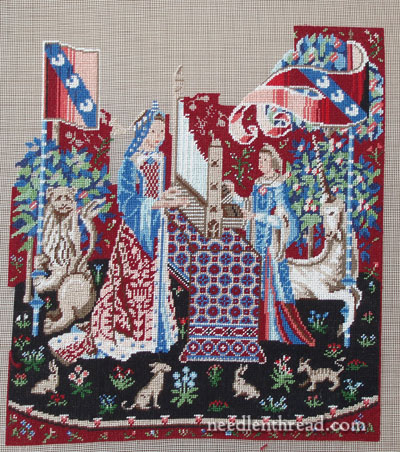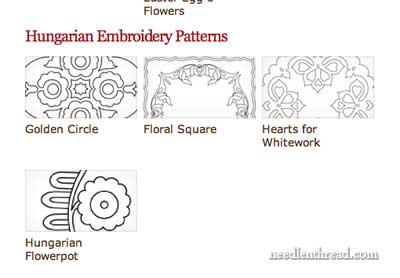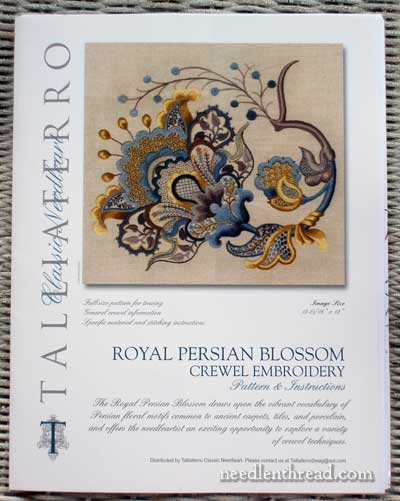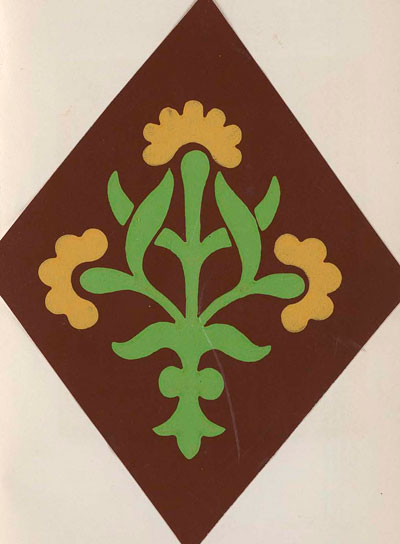Did you go through life being told not to judge books by their covers? This expression, of course, has a metaphorical meaning in the human relations field: it’s not the outside that matters – it’s what’s inside that counts. And I’m all for that! This lesson is reinforced daily when teaching youth, that’s for sure.
But when it comes to needlework books, I often judge them by their covers. Tsk, tsk! And I’ve been seduced by book covers before, only to regret my choice when I’ve found the content a bit lacking.
Here are a few upcoming books in the needlework field, and though they aren’t published yet, I’ve pre-ordered them. I base my decision to pre-order needlework books on a few factors that I’ll discuss below, and there are two reasons why I pre-order books, rather than waiting to order when they’ve already hit the stores: 1. they get here faster – usually before their release, which gives me a head-start on reading them so I can review them for you; 2. Pre-orders are always guaranteed the lowest price: if the price goes lower before the book is shipped, you get the lower price, but if it goes higher, you don’t pay more than the pre-order price. This point has served me well in the past, so I figure it’s a no-risk situation.
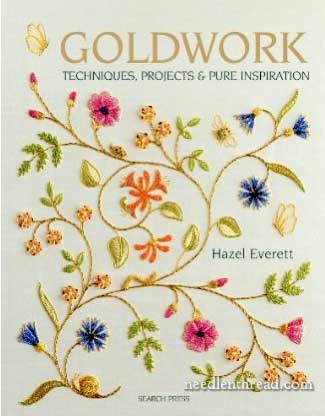 Continue reading “How to Judge a Book by Its Cover”
Continue reading “How to Judge a Book by Its Cover”
